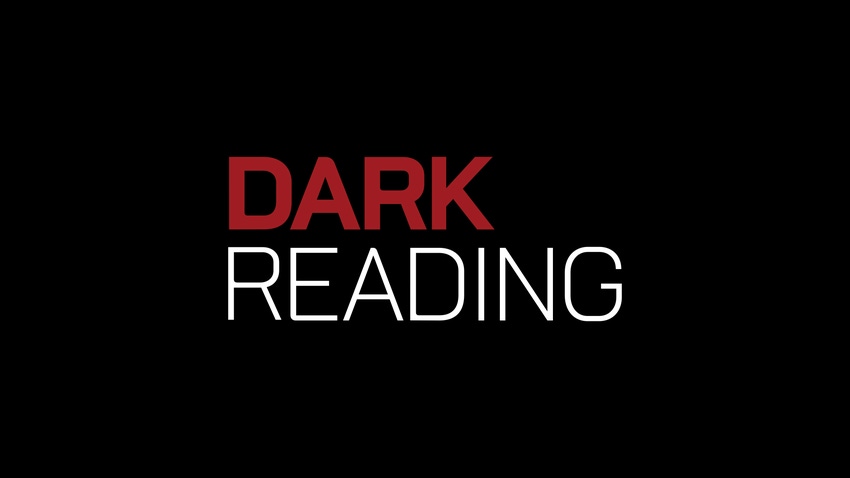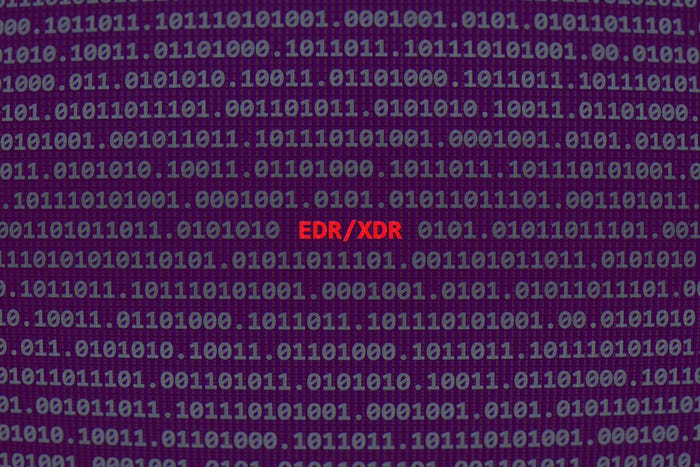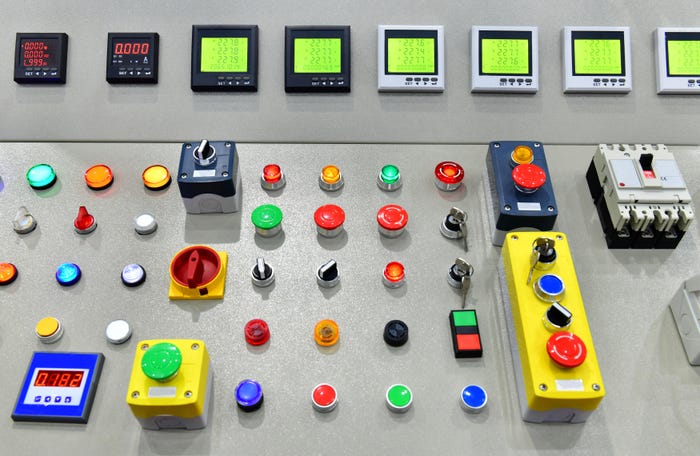Wrapping up our series on choosing storage projects, part of the conversation has to be what is more important, CAPEX or OPEX? Almost every storage project you decide to embark on will have to be brought to management as something that is going to either reduce your capital expenditures or lower your operational expenditures. Which part of these projects are more important?

Wrapping up our series on choosing storage projects, part of the conversation has to be what is more important, CAPEX or OPEX? Almost every storage project you decide to embark on will have to be brought to management as something that is going to either reduce your capital expenditures or lower your operational expenditures. Which part of these projects are more important?Storage projects that focus on reducing the CAPEX side of your budget tend to be very popular in tough economic times but most of these projects are going to require a capital investment to get started. Your hope is that the savings they generate can surpass that investment, the difference is that the amount of patience waiting for the investments to pay for themselves is shorter in tough economic times.
To hit that return on investment faster new storage projects need to save CAPEX in multiple areas at the same time. A good example is primary storage optimization technologies that also optimize a second tier of storage. Ocarina Networks for example can deduplicate and compress file based data while moving to a second tier of storage. Alternatively Storwize can provide inline compression and decompression of active data when it is accessed but allow backup applications to keep the data in its compressed form as they move it to their backup device. In these cases the CAPEX is not only reduced on primary storage but also on a secondary storage tier.
Another option to better cost justify a storage project is to have it improve CAPEX and OPEX at the same time, essentially reducing costs while improving staff productivity. A good example here is storage solutions like those from 3PAR, DataCore or FalconStor that enable you to use thin provisioning and storage virtualization to better utilize storage capacity, while simplifying the steps involved in designing an optimal performance to demanding applications or automatically manage multiple tiers of storage.
Wether you choose a big storage project or an edge storage project, having that project cost justify itself quickly is critical for not only getting that project approved but building credibility in getting future projects approved.
Track us on Twitter: http://twitter.com/storageswiss.
Subscribe to our RSS feed.
George Crump is founder of Storage Switzerland, an analyst firm focused on the virtualization and storage marketplaces. It provides strategic consulting and analysis to storage users, suppliers, and integrators. An industry veteran of more than 25 years, Crump has held engineering and sales positions at various IT industry manufacturers and integrators. Prior to Storage Switzerland, he was CTO at one of the nation's largest integrators.
About the Author(s)
You May Also Like
The fuel in the new AI race: Data
April 23, 2024Securing Code in the Age of AI
April 24, 2024Beyond Spam Filters and Firewalls: Preventing Business Email Compromises in the Modern Enterprise
April 30, 2024Key Findings from the State of AppSec Report 2024
May 7, 2024Is AI Identifying Threats to Your Network?
May 14, 2024
Black Hat USA - August 3-8 - Learn More
August 3, 2024Cybersecurity's Hottest New Technologies: What You Need To Know
March 21, 2024




